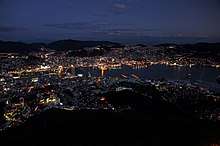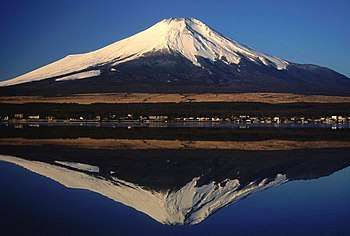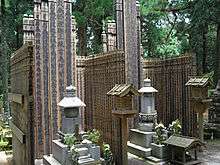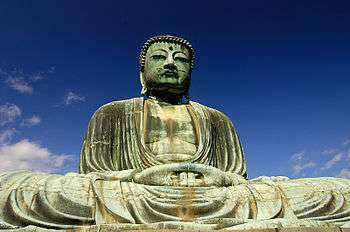Japan's Top 3
After the Three Views were composed in the 17th century, many authors have come up with their own lists of Japanese sites and attractions. While there are countless lists and variations thereof, here is a selection of the best-known ones:
Views
Three Views
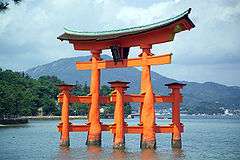
- Sankei (三景). The most famous list of them all, attributed to scholar Hayashi Razan back in 1643.
New Three Great Night Views
新三大夜景 Shin-sandaiyakei
- Kitakyushu seen from Mount Sarakurayama,
- Nara seen from Mount Wakakusayama
- Yamanashi seen from Fuefuki River Fruit Park
Castles
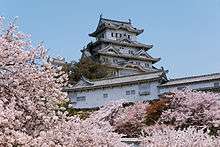
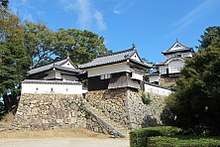
Three Famous Castles
三名城 Sanmeijō. A list written by Ogyu Sorai in the Edo Period. He chose these three castles as the top among those designed by Kato Kiyomasa and Todo Takatora who he considered to be the best castle designers.
Three Great Mountain Castles
三大山城 Sandaiyamashiro
- Iwamura Castle Iwamura
- Takatori Castle Takatori
- Bitchu Matsuyama Castle Takahashi
Three Famous Mountains
三名山 Sanmeizan (Three Famous Mountains), also 三霊山 Sanreizan (Three Sacred Mountains)
Three Great Festivals
.jpg)
三大祭 Sandaisai
The Nebuta Matsuri of Aomori is often considered to be one of the top three festivals, but it is actually only listed as one of the top three festivals of the Tohoku region (below).
Three Great Festivals of Tohoku
東北三大祭り
Three Great Festivals of Kyoto
京都三大祭
- Gion Matsuri
- Aoi Matsuri
- Jidai Matsuri
Three Great Festivals of Shikoku
四国三大祭り
Three Great Obon Festivals
日本三大盆踊り
Three Hot Springs
Certainly one of the more hotly contested categories. (No pun intended).
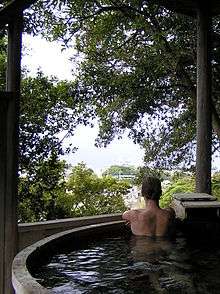
Three Famous Springs
三名泉 Sanmeisen. This list, too, was authored by Hayashi Razan.
- Arima Onsen, Hyogo
- Gero Onsen, Gifu
- Kusatsu Onsen, Gunma
Three Old Springs
三古湯 Sankosen
- Dogo Onsen, Ehime
- Arima Onsen, Hyogo
- Shirahama, Wakayama
Three Baths of Fusō
扶桑三名湯 Fusō-sanmeiyu. Fusō is a poetic name for Japan and this one is credited to traveling haiku poet Matsuo Basho.
- Arima Onsen, Hyogo
- Yamanaka Onsen, Ishikawa
- Kusatsu Onsen, Gunma
Three Holy Places of Ōshū
奥州三霊場 Ōshū sanreijō are the three most famous pilgrimage sites in the ancient land of Oku (奥), now known as Tohoku.
Shrines
Three Great Inari Shrines
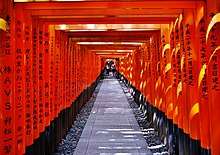
.jpg)
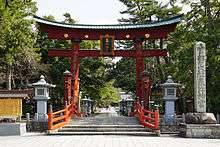
三大稲荷 Sandai Inari
- Fushimi Inari Shrine, Kyoto
- Toyokawa Inari Shrine, Aichi
- Saijō Inari, Okayama or Yūtoku Inari Shrine, Kashima
As the head of all Inari shrines, Fushimi Inari Shrine is naturally one of the top three, but there is little historical or present consensus on the others. After Fushimi Inari, the list varies depending on the source. Takekoma Shrine in Iwanuma and Kasuma Inari Shrine in Kasama are also suggested by some.
Three Great Tenjin Shrines
三大天神 Sandai Tenjin
- Kitano Tenman-gū in Kyoto, Kyoto
- Dazaifu Tenman-gū in Dazaifu, Fukuoka
- Hōfu Tenman-gū in Hofu, Yamaguchi
All Tenjin (Tenmangu) shrines are dedicated to the worship of Sugawara Michizane. This top three list actually highlights his exile from Kyoto to Dazaifu. Along the way, he stopped in Hofu and built the first Tenjin shrine. Official dedication of shrines to him began after his death when a series of natural disasters and tragedies in the capital were believed to be caused by his restless soul seeking vengeance for his unjust exile. Kitano Tenmangu was built to pacify him.
Three Great Hachiman Shrines
三八幡 San Hachiman
Nature


Three Caves
日本三大鍾乳洞
- Akiyoshi-do (Akiyoshidai, Yamaguchi)
- Ryuga-do (Kami, Kochi)
- Ryusen-do Cave (Iwaizumi, Iwate)
Three Sake Towns
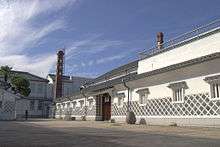
日本三大酒処
- Fushimi, Kyoto
- Nada, Kobe
- Saijō, Higashihiroshima
Three Chinatowns
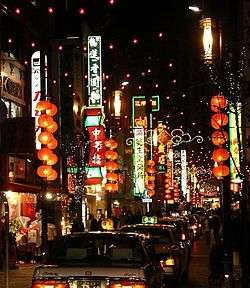
三大中華街 Sandai-chūkagai
